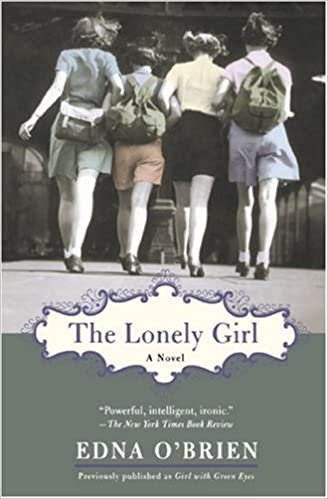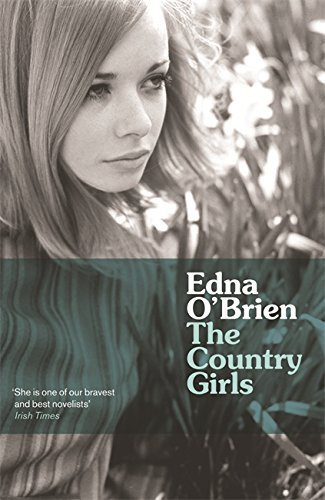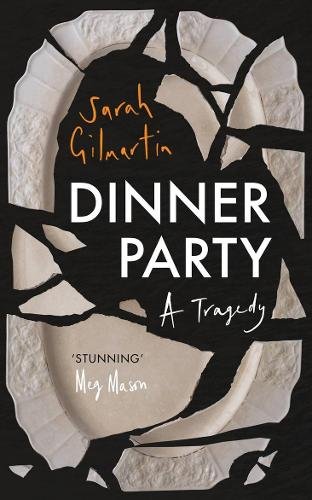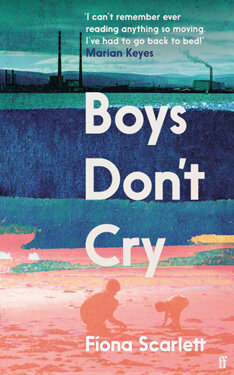When multiple friends I know in real life start talking to me about a certain author I realise that this is someone who has broken through to the mainstream. My friends are very intelligent and literate, but they don't generally follow the latest publications with as much geeky rigour as I do along with other readers wrapped up in the online bookish community. Yet, over the past few years multiple people IRL have asked me for recommendations of a book that is exactly like “Normal People”. Few authors have experienced such a meteoric rise to fame as Sally Rooney. Since the publication of her first two novels and the TV adaptation of her second novel, her books have been alternately hailed as representing the voice of a generation and pigeonholed as overhyped naval-gazing millennial fiction. Personally, I feel a bit bemused by any such strident claims as her books strike me as simply well-written, engaging, funny and smart fiction which is well-aligned with our present times. But Rooney's popularity feels more like a chance occurrence which could have happened to any of her contemporaries such as Belinda McKeon, Jade Sharma or Naoise Dolan. Nevertheless, the simmering anticipation for Rooney's new novel “Beautiful World Where Are You” has made it one of the publishing events of the year. I can assure you it's an extremely enjoyable novel and Rooney enthusiasts won't be disappointed.
When commenting on this new novel most Sally Rooney fans and critics will probably remark on how one of its central characters, Alice, superficially resembles the author. She's published two extremely successful novels and feels ambivalent about the newfound fame she's achieved as an author. And Alice isn't shy about her opinions concerning readers' prying interest in the author's personal life, the vanity of fellow writers and the precarious position books have as a commodity in our current culture. She's also prone to complaining about her privileged position: “They never tire of giving me awards, do they? It's a shame I've tired so quickly of receiving them, or my life would be endless fun.” But she also vividly describes the deleterious effect such fame has upon her: “I feel like I've been locked in a smoke-filled room with thousands of people shouting at me incomprehensibly day and night for the last several years.” We're made aware of how Alice previously suffered a breakdown from stress. Alice's celebrity doesn't change the initial awkwardness of going on a date with someone she meets on a dating app. In fact, it makes it worse when her date, Felix, discovers that she's well known and this squeamish situation is realistically described. Though it's easy to draw parallels between this character and the author and assume Rooney is using this opportunity to vent her own frustrations, it's important to emphasize how the novel contains a carefully calibrated balance of points of view.
Another primary character is Eileen, Alice's best friend since university. Much of this novel's text is composed of messages between these women who now live in separate places since Alice moved to a more rural town in Ireland and Eileen remained in Dublin. They ruminate on a wide range of subjects including religion, history, capitalism, gender, art and concepts of beauty. It's fitting that Rooney's first novel was titled “Conversations with Friends” because this is what all three of her novels concern. It's interesting giving this novel the Bechdel test because Alice and Eileen's messages also include lengthly ruminations about love and their respective love interests. However, it seems only natural that they discuss men at length as I do the same with friends whom I exchange lengthy emails. While Alice begins a tentative relationship with Felix, Eileen experiences a hot and cold relationship with Simon, someone she's known since childhood. Like with “Normal People”, this new novel contains a traditional romantic storyline where the reader is left wondering: will they or won't they get together? And I was drawn into the suspense of this plot as I grew to care and form opinions about the characters as if they were friends of my own.
While readers will quickly identify Rooney's closeness to Alice, I think it's equally easy to see the fidelity she feels towards Eileen. Eileen works as a poorly-paid editor of a small literary review and struggles to pay the expensive rent of her Dublin flat-share. At the launch party and reading for an issue, we see what a meagre life she has selling only two copies of the publication and spending most of her time directing people to the toilets. It's easy to imagine that if Rooney hadn't achieved the fame that she has this could easily have been her life. I also felt a strong affinity towards Eileen who struggles to embrace opportunities which come her way. The narrative takes care to fill out Eileen's backstory more than any other character in the book. We also come to intimately understand the positions of bisexual Felix who works in a gruelling warehouse job and Simon who is a devout Catholic that has a burgeoning career in politics. Each of these characters' positions are dramatically played out in their interactions with each other to show the strengths and weaknesses of each. Rooney thoughtfully tests their points of view when faced with real world challenges and the way in which other people react to them.
At points it feels as if the characters are like Sims figures from that video game where we read how they go throughout their days perfunctorily fulfilling certain duties and actions. I feel like this style of narrative reflects a kind modern self consciousness which has arisen due to social media and the sense that we're living out a simulated existence. A character might get lost for hours on their phone or regularly check dating apps without any intention of arranging actual dates. It's a way in which Rooney so skilfully portrays the feeling of a certain generation within a certain demographic. All her characters are struggling with the way in which to be an adult and feel (as most generations do) that their generation might be the last. Eileen writes to Alice: “I know we agree that civilisation is presently in its decadent declining phase, and that lurid ugliness is the predominant visual feature of modern life.” One of the biggest questions in the book is how will these characters find the motivation to continue and have fulfilling lives when the prospect of a future filled with environmental and societal collapse looms before them. As well as giving a nuanced depiction of friendship and romance, this novel also meaningfully addresses this issue and provides a surprisingly hopeful message. Rooney certainly isn't the only author people should be reading, but her writing is excellent and this new novel is extremely intelligent, moving and I'm sure many readers will strongly connect with it.





















